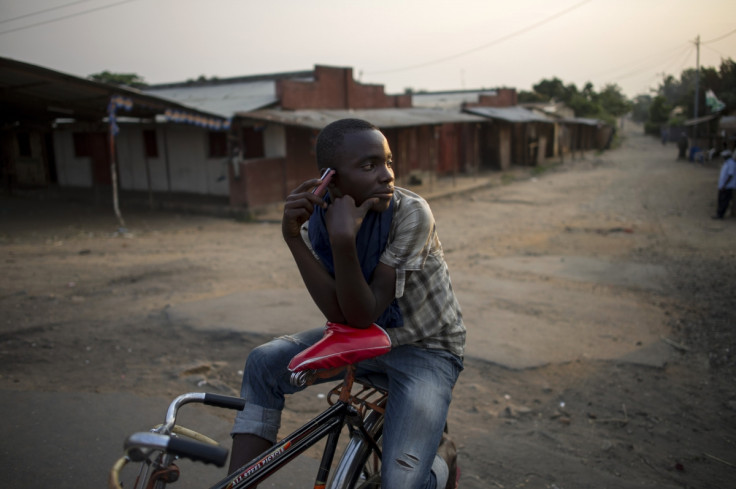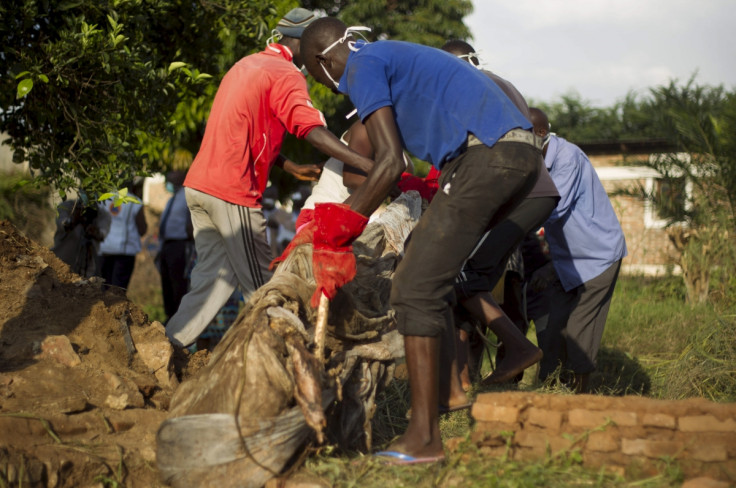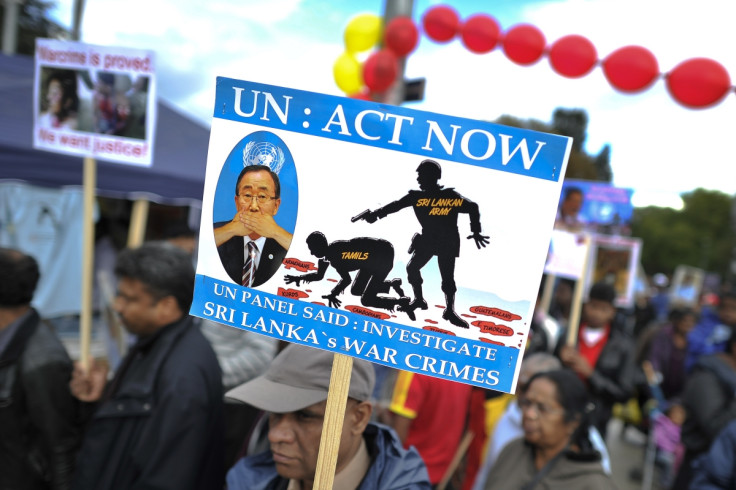Burundi: Civilians urged to use app to record 'crimes against humanity'

Last week, 60 Burundian families officially mandated a group of lawyers to bring judicial cases in front of the High Commissioner for Human Rights and the International Criminal Court (ICC) regarding alleged crimes against humanity committed in the small African nation.
While it is both dangerous and challenging to prove material purporting to show human-rights abuses is genuine, the project coordinator for the eyeWitness to Atrocities project of the International Bar Association, has encouraged Burundians to use a mobile app, eyeWitness, to help bring perpetrators of atrocities to justice.
The association designed the free smartphone camera app to help human rights defenders, journalists and ordinary civilians document atrocities from anywhere in the world, so the evidence can be verified and used in court to prosecute perpetrators of the worst international crimes.
Video evidence has been used in many international criminal trials, from the 1945 Nuremberg trials right up to the 2012 trial of Thomas Lubanga, a Congolese warlord jailed for child soldier crimes, where a video showing the defendant in the presence of child soldiers was used by the ICC to prosecute him.
"We all know that photos and videos can be powerful advocacy tools, and we see today a flood of footage coming out of conflict zones that relates to international crimes, crimes against humanity, and other atrocity crimes such as genocide," project coordinator Eleanor Farrow told the audience at the International Conference on Burundi, highlighting the fact that more than 30% of Burudians have a smartphone.
"Burundi is a state party to the Rome Statute (of the ICC) and has ratified the Genocide Convention. The Rome Statute lists acts for which individuals can be held criminally responsible, the Criminal Act needs to be committed with the required intent and knowledge which can be inferred from the relevant facts and circumstances (...) We would like to use these images as an opportunity to hold the perpetrators accountable," Farrow said.

Footage 'showing prohibited war crime conduct'
A spokesperson for the EyeWitness to Atrocities project said the types of images it typically deals with relate to international crimes including abuses as they occur, violent attacks, protests, election violence and attacks on civilians, schools and hospitals.
However, problems that legal associations commonly find with photos and videos that people take and post to social media are that the source, time and place of the footage are often not known or incorrect. "The images can be edited and the events can even be staged. All of those problems are real shortcomings that give us issues when we want to use those images as evidence in court," Farrow said.
These limitations were the starting point of the project. In 2011, Mark Ellis, executive director of the International Bar Association who previously provided technical legal assistance at the International Criminal Tribunal for the Former Yugoslavia in The Hague and advised on the creation of Serbia's War Crimes Tribunal, was asked to comment on footage obtained by the UK's Channel 4 from Sri Lanka.
The video appeared to show the execution of Tamil prisoners by Sri Lankan troops during the island nation's brutal civil war, which ran from 1983 to 2009. Ellis was able to say that the footage appeared to show prohibited war-crime conduct, but without further information on the date, time, location and source, it was difficult to use that video in an investigation or in a war-crimes trial. The UN found the footage to be authentic, but the Sri Lankan government still disputes the authenticity of it to this day.

Evidencing crimes via photos and videos
To ensure accessibility to a greater number of people, the app is currently available in several languages, including English and French, to any Android smartphone and can be emailed directly as an Android application package file to avoid leaving a footprint on users' Google accounts.
Tested and designed to work in low infrastructure environments such as Burundi, the app allows activists to take verifiable photos, videos and audio recordings by using metadata embedded in the files – which means they can be used in investigations and trials.
"When we designed the camera app, the International Bar association carried out extensive research on the admissibility standards across different international, regional and national jurisdictions. We also consulted with the ICC. Although there were different approaches to digital evidence in those regions, there were also some shared core principles, in particular the need to show that the evidence is relevant – makes the fact more or less probable and helps to prove the elements of the crime – and reliable – the footage is authentic and it can be believed," Farrow added.

This is feasible because the app is designed to protect the chain of custody and the integrity of the images: it conducts a pixel count that is embedded and encrypted so that the organisation can check and know if the footage has, or not, been edited. Location and time are also corroborated through satellite, and information about nearby cell phone towers and Wi-Fi networks to help corroborate the data.
To protect witnesses and victims, whose phones might be seized by hostile parties, the organisation has provided security safeguards such as optional anonymity, or the fact the user can choose for the footage to be deleted from the phone once sent. "In a situation where arrest or confiscation of the phone appears imminent", the user can also immediately delete the app and all its contents with a so-called 'panic button'.
The International Bar Association insisted it does not commission investigations and "does not encourage people to take risks that they would not otherwise be taking".
© Copyright IBTimes 2025. All rights reserved.






















